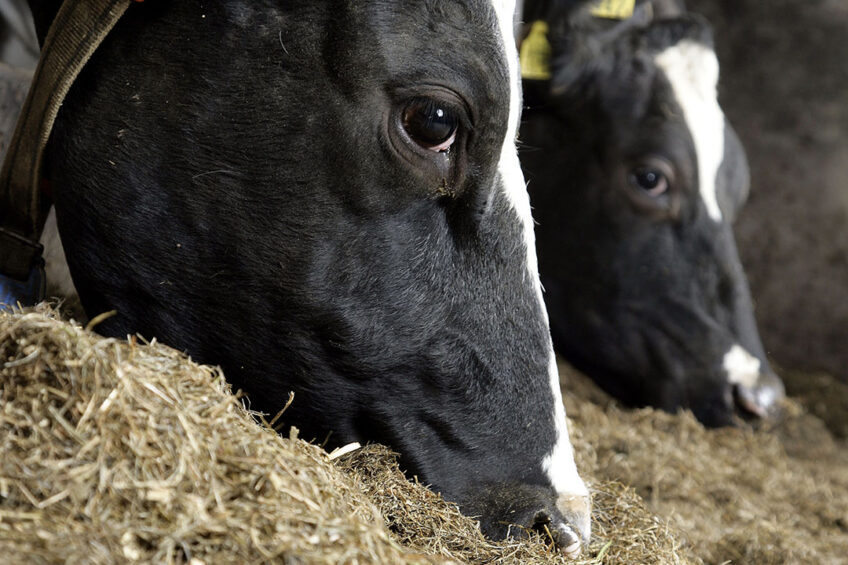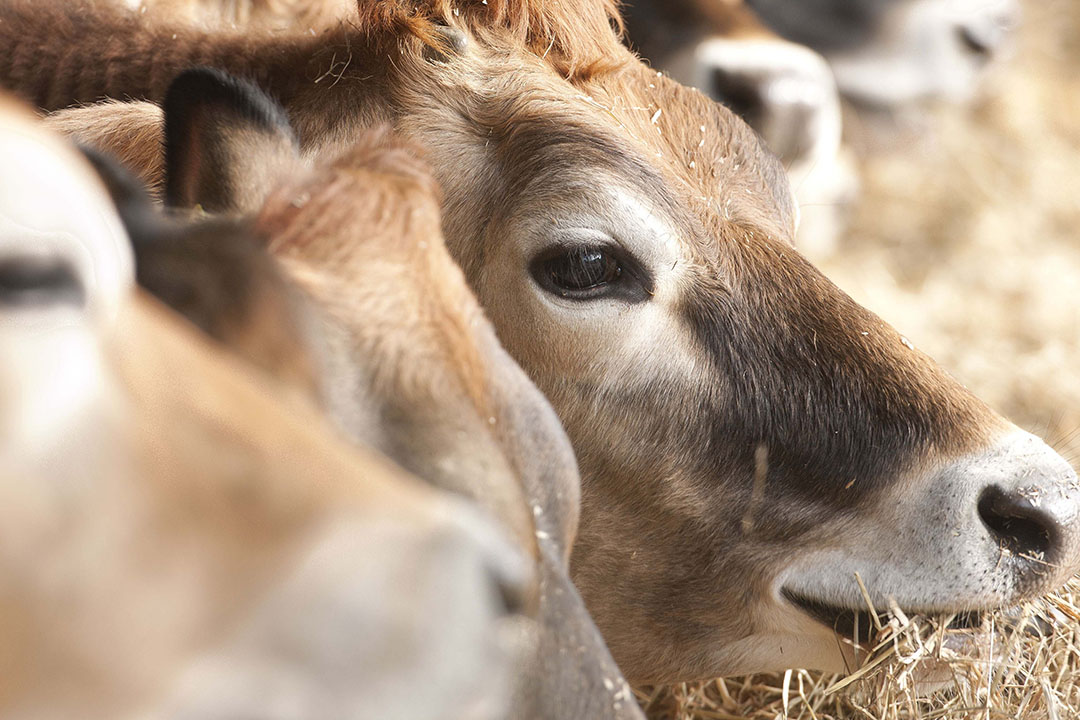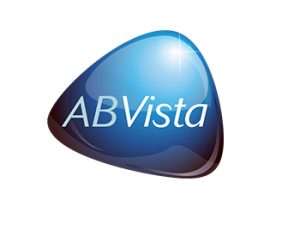Boosting the rumen for better digestion

For the agricultural industry, ignoring the terms “emissions”, “carbon” or “greenhouse gases” is no longer an option as there is an increasing focus on reducing them.
For many producers and nutritionists it is a challenge to know how to maintain performance and profitability while reducing overall inputs, especially with variable forage qualities and inflating cereal prices.
This combination poses a substantial challenge, because when forage quality is below the desired level cereal inclusion tends to be increased to bridge the energy gap. This negatively impacts overall unit emissions – as more than 40% of livestock carbon emissions are associated with the production of feed – and increases the total cost of the diet.
New data from multiple sources and countries shows that the rumen can be made to work smarter, digest and convert better, yet emit less. Increasing the amount of data recorded on-farm is crucial to improving the herd’s performance. Using near infrared (NIR) technology to closely monitor forage quality can reduce the impact on performance. Including VistaPre-T can help to increase the energy content of the ration, and, by monitoring carbon emissions with AB Vista’s emissions service, producers can see more than just a performance benefit. The emissions service allows producers to assess the effects ration changes have on overall CO2e outputs.

Energy-smart
VistaPre-T boosts the rumen’s natural ability to digest forage and allows nutritionists and producers to use forage smarter. Laboratory NIR analysis of 74 grass silage samples of varying quality showed that after VistaPre-T application, an average energy uplift of 0.8MJ/kg dry matter (DM) was obtained. This means that if the grass silage was provided at 35 kg/head/day (fresh weight) with a DM value of 32%, then applying VistaPre-T would equate to an additional 8.96MJ of energy. This is the equivalent of providing an extra 270 g C18 fat, or 760 g of maize/head/day. In addition to grass silage, analysis has been carried out on a range of feedstuffs to show the potential uplift from VistaPre-T application, with maize silage showing a positive energy uplift of 0.77MJ/kg DM (n=76), for example.
The product works particularly well in higher neutral detergent fibre (NDF) rations and forages and, with this year’s variable forage quality, there is a huge opportunity for producers to be energy-smart and human-kind. Through smarter use of forage, there is less pressure on the pocket and the environment as the energy content of the ration is increased with VistaPre-T application, keeping feed costs down.
VistaPre-T works to make the cellulose and hemicellulose fibre fractions more accessible to the fibre-digesting micro-organisms in the rumen. It does this by acting immediately to roughen and create pits on the surface of the feed material, which makes more adhesion sites for the fibre-digesting micro-organisms once the feedstuff enters the rumen.
By reducing the lag time to digestion, we are boosting the rumen’s natural ability to digest forage, which increases the feeding value of the existing ration and improves feed efficiency.
There is a significant opportunity to save costs and reduce emissions by farming the rumen with intelligence.
Lower feed costs and emissions
A recent commercial trial showed that adding VistaPre-T into the ration lowered feed costs and also lowered emissions. The inclusion of VistaPre-T to the grass silage–based total mixed ration (TMR) allowed the nutritionist to reduce ground maize from 4.0 kg to 3.8 kg, molasses from 1.5 kg to 1.25 kg and a protected C18 from 0.35 kg to 0.2 kg/head/day and increase the grass silage provision by 2.0 kg/head/day. The ration remained consistent for a 44-day period in which individual daily milk yields were recorded and compared to 44 days prior to VistaPre-T inclusion.
When using this approach, we are typically aiming for equal performance as we have in effect removed energy and then replaced it with the same amount of energy. However, what we saw in this commercial trial was an average increase in milk yield of 2.8 L/cow/day which could be attributed to the substantial improvement in fibre digestibility and apparent nutrient utilisation seen through improved faeces consistency.
Accounting for the cost of the product and other feedstuffs that were removed from the ration, we have seen a cost saving of £0.12/head/day (US$ 0.16). In addition to this saving, because of the uplift in performance the additional milk yield equated to an extra £0.81/head/day (US$ 0.81) (based on 29 pence per litre, or US$ 0.40 per litre). The producer made an additional £93 per 100 cows/day from VistaPre-T application. Alongside the financial benefit of using VistaPre-T, the reduction in carbon equivalents was also assessed for the two 44-day periods using AB Vista’s emissions reporting tool. The changes in milk production and reduction in concentrate provision resulted in a 15% reduction in CO2e/L of milk produced, which is a significant saving.
VistaPre-T boosts the rumen’s natural ability to digest forage, and that not only lowers feed costs but lowers emissions too. Less pressure on the pocket and on the environment is win–win.
Join 13,000+ subscribers
Subscribe to our newsletter to stay updated about all the need-to-know content in the dairy sector, two times a week.


